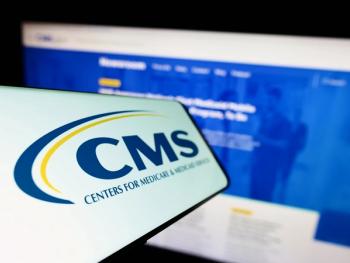
Researchers Develop a New Way to Deliver Gene Therapies to the Brain
Scientists working at the NIH’s BRAIN Initiative have created new viral vectors that one day could lead to gene therapies for ALS, seizure disorders, Parkinson’s and Alzheimer’s disease, Huntington’s disease and other diseases of the brain.
Scientists at the National Institutes of Health (NIH) have created a set of gene delivery systems that can reach different neural cell types in the human brain and spinal cord.
The new gene delivery tools can target key brain cell types, including excitatory neurons, inhibitory interneurons, striatal and cortical subtypes, brain blood vessel cells, and hard-to-reach neurons in the spinal cord. These could eventually be used to develop therapies for several diseases, such as amyotrophic lateral sclerosis (ALS) and spinal muscular atrophy, as well as seizure disorders, Parkinson’s disease, Alzheimer’s disease, and Huntington’s disease and neuropsychiatric conditions.
“With these delivery systems, we can now access and manipulate specific cells in the brain and spinal cord — access that was not possible before at this scale,” John J. Ngai, Ph.D., director of the NIH’s Brain Research Through Advancing Innovative Neurotechnologies Initiative, or The BRAIN Initiative, said in a
The new tools use a small, stripped-down adeno-associated virus (AAV) to deliver DNA to target cells. AAV has been a component of many gene therapies that is used as a vector, or a way to carry and deliver the gene therapy to cells. Adenoviruses typically cause mild cold or flu symptoms and are considered safe for use in gene therapies.
Last year, the FDA approved a gene therapy that can be administered directly to the brain. Developed by PTC Therapeutics, Kebilidi is an AAV gene therapy indicated for the treatment of adult and pediatric patients with AADC deficiency, a fatal, rare genetic disorder that typically causes severe disability. It is administered in four infusions in a single surgery through a stereotactic surgical procedure.
But the tools developed by NIH researchers have in mice been able to cross the blood-brain barrier. Theoretically, gene therapies developed with these tools could be given through intravenous infusion.
NIH researchers have created a set of
Funding issued less than four years ago launched a large-scale project to design new molecular tools. The
The BRAIN Initiative is a collaboration across 10 NIH institutes and centers. Part of the 21st Century Cures Act, the initiative began in 2013 to develop partnerships to understand the brain and to accelerate the development of neurotechnologies. For
Newsletter
Get the latest industry news, event updates, and more from Managed healthcare Executive.






















































